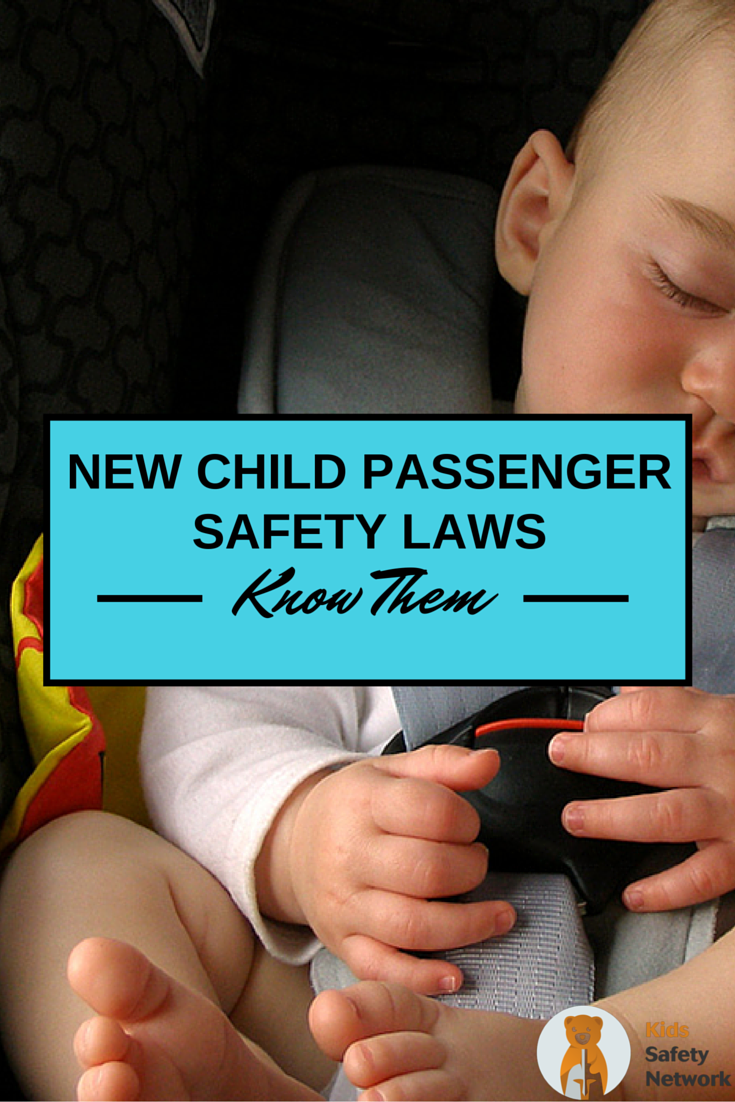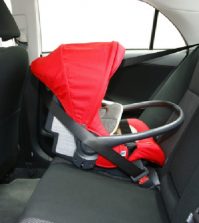- Study Says Most Parents Don’t Use Car Seats In Ride Share Vehicles Like Uber
- This 12-Year-Old Boy Is A Sophomore Aerospace Engineering Major!
- Fire Safety Experts Warn Of Hand Sanitizer Danger After A Mom and Kids Escape House Fire
- Recall Alert: Peaches May Be The Cause Of Salmonella Outbreak, 68 People Ill
- Summer Vacation In The Days Of COVID: Tips To Stay Safe
- How To Safely Grocery Shop During The Coronavirus Pandemic
- Michigan Teen With Vape-Related Illness Undergoes Double Lung Transplant
- Teen Kicks Off Anti-Vaping Campaign From Hospital Bed
- Teenager Receives Life Sentence For Strangling Sister To Death Over A Wi-Fi Password
- Toddler Falls To Death From 11th Deck of Cruise Ship
The AAP Has New Car Seat Guidelines


The American Academy of Pediatrics have recently updated its guidelines on car seat usage and safety.
The more concise information is assisting parents who are usually faced with conflicting information when car seat shopping.
The AAP has now provided clarity on the type of car seat which is right for each age group, safe installation for both rear-facing and forward-facing seats, and clear information about booster seat use for older children.
This chart breaks it down well as far as who belongs in what kind of seat and for how long.
The AAP’s complete recommendations and FAQs also cover any question a parent could possibly have about safe and age-appropriate car seat use. Once you have the right seat, the CDC has a graphic to help with correct installation.
The AAP removed all ambiguity surrounding when a child should remain rear-facing and when it’s OK to switch to forward-facing. “All infants and toddlers should ride in a rear-facing seat until they are at least 2 years of age or, preferably, until they reach the highest weight or height allowed by their car seat manufacturer.” Says the guideline.
Once a child outgrows the ability to rear-face, toddlers and preschoolers should remain in a forward-facing convertible car seat with a five-point harness for as long as possible, – until the child hits the weight or height limit allowed on the seat.
When it comes to the transition from forward-facing convertible seat to booster, the AAP issued the following guidelines to let parents know when a child is ready to make the move:
- He reaches the top weight or height allowed for his seat with a harness. (These limits are listed on the seat and also included in the instruction booklet).
- His shoulders are above the top harness slots.
- The tops of his ears have reached the top of the seat.
School-age kids who think they’re “too big” to need a booster (they’re not) – think again!
A child needs a belt-positioning booster seat until they surpass 4’9″ tall. The AAP says that typically happens between ages 8-12, however, most kids won’t fit safely in most vehicles without a booster until age 10 or 11.
They also say that all kids under age 13 belong in the back seat.
The AAP has these helpful tips if you’re in the market to buy a new seat:
- No one seat is the “best” or “safest.” The best seat is the one that fits your child’s size, is correctly installed, fits well in your vehicle, and is used properly every time you drive.
- Don’t decide by price alone. A higher price does not mean the seat is safer or easier to use.
- Avoid used seats if you don’t know the seat’s history.









fred@hotmail.com
August 6, 2017 at 9:34 pm
This is sad, as I will be driving from a booster seat in the backseat for the rest of my life.
Rachel Ward
August 7, 2017 at 3:54 pm
Laws and recommendations are different things.
Amanda Lee
August 11, 2017 at 4:21 pm
I am not disagreeing with the recommendations, but I need to point out that the information in the graphic is incorrect. These are guidelines, not laws. The AAP does not have the authority to create laws, but rather set guidelines and recommendations that individual states can use to consider when making their laws.